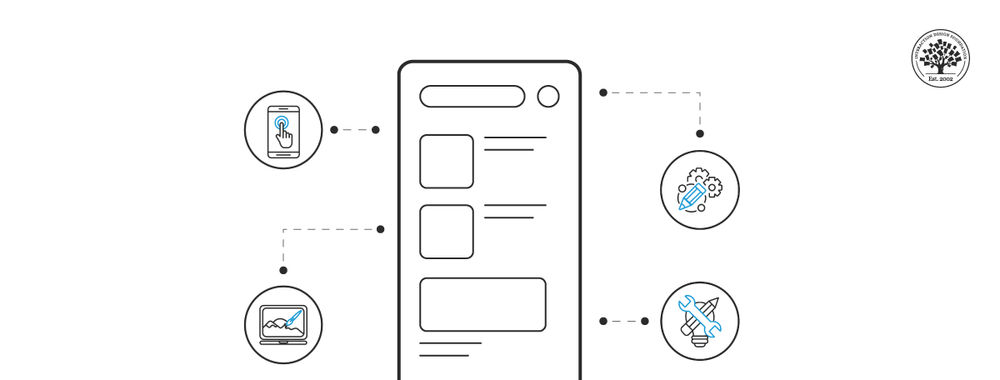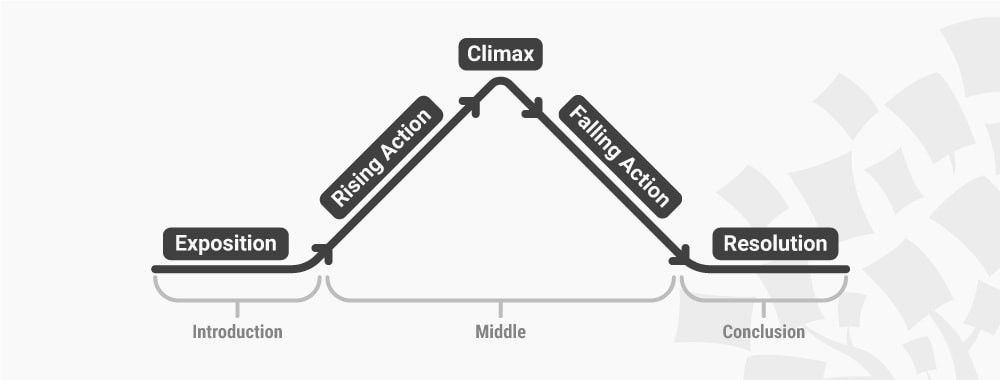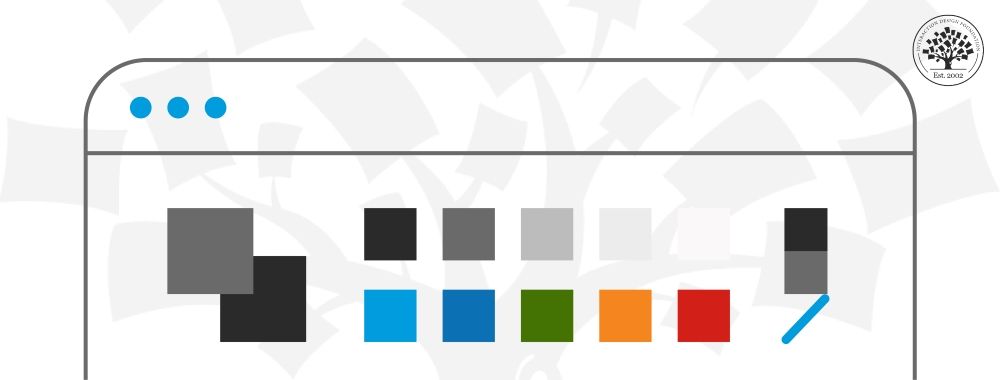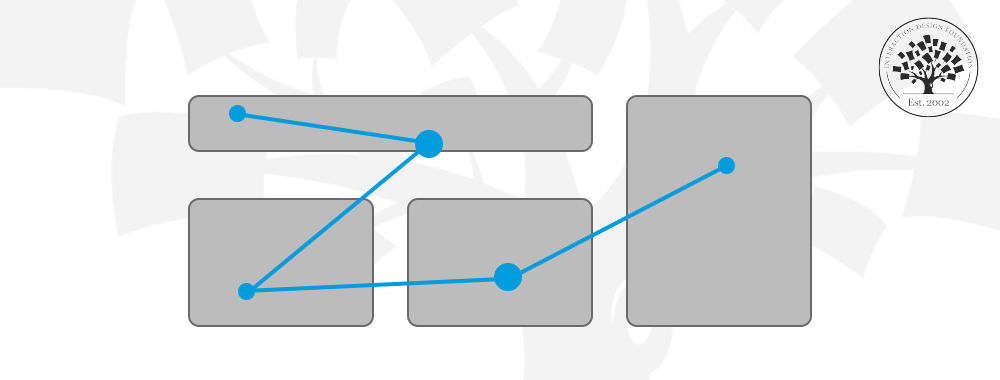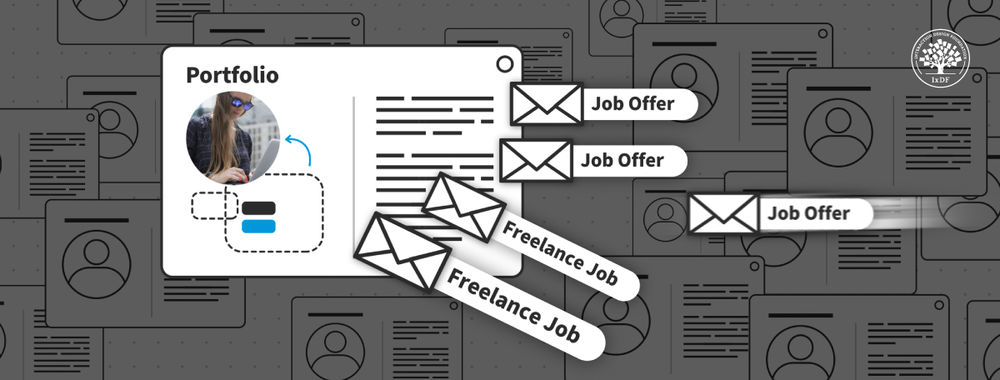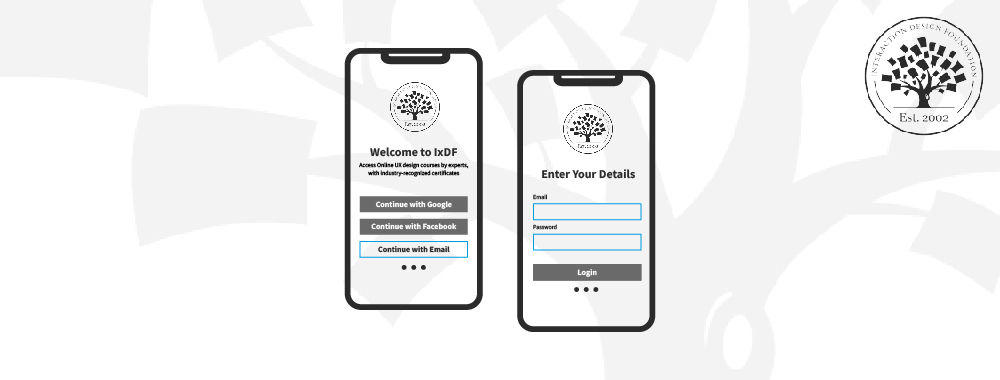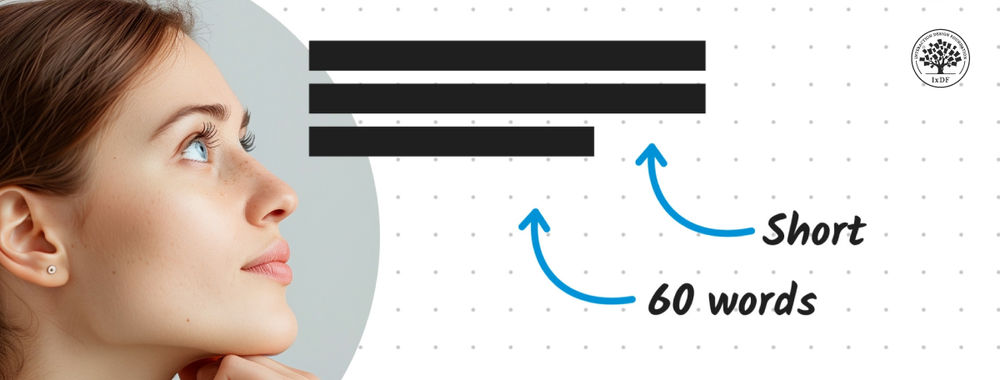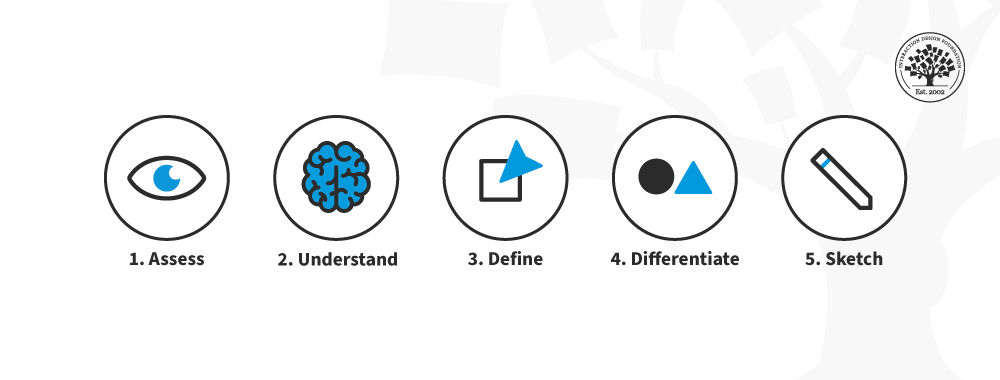Companies don’t invest individuals for the sake of it; well, at least not in most of the world – there are some exceptions to that rule (some Gulf States for example mandate $x spent on development per person per year) but not many. They invest in training to see a return on that investment (ROI). So how do you maximize the ROI on your own learning experiences and how can that help you in your career?
Maximizing ROI from Learning Experiences
There are three areas in which you can improve the ROI of learning. Before the course, during it and afterwards. Let’s take a look at each:
Before the Course
Before you agree to undertake any form of non-compulsory learning (sorry, you can’t get away from that health and safety training; it’s mandatory in most environments) you should know what your objectives are from that learning event. More importantly, you should know what the business expects from it.
For example; you want to attend a course on running a UX laboratory. What do you expect to be able to do that you couldn’t when you finish that course? What are the business benefits of that? It can be as simple as; “I expect to be able to run a UX laboratory to a high standard.” and “It saves the business from having to recruit a separate UX laboratory manager.”

Author/Copyright holder: Roland Tanglao. Copyright terms and licence: CC BY 2.0
You can quantify that business benefit too. How much is UX laboratory manager’s salary in your neck of the woods? $100K? That’s the ROI of a successful outcome of your learning event. Well, nearly at least. You’d probably have to subtract the cost of the course and your time, say $5K, from that figure – leaving a potential ROI of $95K on the table.
If you know the potential ROI at the start of the course; it’s much easier to demonstrate when you’re done.
During the Course

Author/Copyright holder: Ape Lad. Copyright terms and licence: CC BY-NC-ND 2.0
This section is short and sweet. Treat the course seriously. It doesn’t matter if you’re having fun (though it is a nice bonus of many learning experiences). It does matter that you finish the course able to do what you set out to learn. That means paying attention, taking part in any discussions or group work, doing any homework, practicing the skills you are learning in the work environment (sooner rather than later), etc. If you take learning seriously then you are much more likely to produce business results from it.
After the Course
It’s time to conduct an honest assessment. Did you achieve your objectives? Or some of them? It’s not always a learner’s fault when this doesn’t happen – sometimes a course isn’t the right course or it doesn’t have the content that we thought it would have. But if it did have some benefits; you need to express them as a return on investment and then communicate that ROI.

Author/Copyright holder: U.S. Army. Copyright terms and licence: CC BY 2.0
What’s the benefit of that? If your company sees an ROI when it sends you for training and development – it will be more likely to invest in you again in the future. That’s your personal ROI for calculating the business ROI on the event.
Header Image: Author/Copyright holder: Allen Interactions. Copyright terms and licence: All rights reserved. Img


